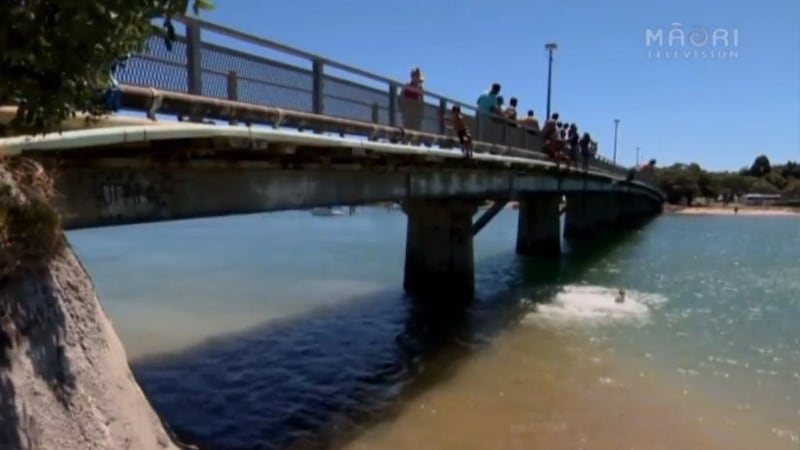Whānau spending time away at their hau kāinga over summer are urged to take extra care when swimming at any remote beaches and rivers.
Water Safety advocate Jordan Waiti says when Māori go away over summer they're more likely to visit remote areas to swim, instead of the main beaches that are supervised by lifeguards.
“It’ll be other beaches, more remote locations and it’s just up to us as whānau to be aware of the potential risk of rips at our beaches back at our hau kāinga,” says Waiti.
He says the West Coast beaches of the North Island are dangerous in terms of rips.
“The statistics show that Māori in Northland tend to drown at the beaches, Māori in the Bay of Plenty tend to drown in rivers. Māori in Coromandel tend to drown during boating exercises,” says Waiti.
To avoid getting in trouble, Waiti advises whānau to follow guidelines by Water Safety New Zealand to follow the three Rs; relax and float, raise your hand and ride the rip.
“If you do find yourself in a rip the best thing to do is to relax and float,” he says.
“If you have a life jacket on you can stay afloat. If you’re attached to a surfboard. or a boogie board, or a stand-up paddleboard you can stay afloat. You might be holding on to a chilly bin but as long as you can stay afloat you can stay alive.”
The next step would be to raise your hand.
“Put your hand in the air so that those on shore can see that you are in a bit of raru.”
Waiti says another tip is to make sure tamariki are being supervised.
“It’s best to designate some whānau members to be the lookout. Otherwise whānau members can just assume that so and so is looking out for the kids and actual fact it was meant to be you or someone else.”
Water Safety NZ latest numbers show drownings have dropped from 99 in 2017 to 83 in 2018. In the past 10 years, 854 Māori have been rescued in rips at New Zealand beaches.

